McLaren CEO Zak Brown has outlined three reasons why Formula 1 struggled to find a foothold in the United States before Liberty Media’s takeover.
F1 was a flying circus, and Bernie Ecclestone was the ringmaster until Liberty Media acquired the commercial rights of the sport from the Briton in 2017.
And since then, F1 has seen a stark rise in popularity in the US.
But before this, the sport struggled to capture the American market, despite having somewhat of a lukewarm reputation in the States.
Brown reflected on that period and broke down the three main reasons why F1 struggled.
“One, we never really found a permanent location, dating back to the ’70s,” he explained on David Novak’s podcast.
“You were Long Beach, then you were Watkins Glen, then you were Dallas, then you were a parking lot in Vegas for two years, then you were Phoenix.”
This meant that the paddock could never really call a single place within the US home.
That said, while circuits like Spa-Francorchamps and Monza became a staple in F1, US tracks were quick to lose their appeal owing to how sporadically they appeared on the calendar.
“Then you took five, six, seven, eight years off,” continued the American.
“Then we came back to Indianapolis. Then we had this ‘tiregate,’ as we called it, so we didn’t put on a good show. Then we disappeared again.
“You’re not going to have any sport be popular in North America if you’re not there or you have no date or location equity.”

How Liberty Media changed F1’s narrative in the US
Since 2012, the Circuit of the Americas in Texas has become the focal point of F1’s operations in the US.
With Liberty Media, the calendar now hosts three Grands Prix in the Country with the addition of Miami in 2022 and Las Vegas a year later.
“We also were a sport that was very exclusive, or perceived to be very exclusive and not very inclusive,” Brown admitted.
“That’s where, when Liberty came in and acquired the sport, they went, ‘Wow, the sport’s huge, but it doesn’t really engage with its fan base like the NBA’s, the NFL’s, the MLBs, even the Premier Leagues.
“I think that was fine for a long time, but now we’re in an era of engagement, not awareness. We weren’t engaging with our fans. We weren’t letting them inside. We were ‘look, don’t touch.'”
The American mass media conglomerate brought all the elements to F1 that the sport had been lacking, compared to the likes of global franchises such as the NFL and NBA.
Netflix was quick to latch onto the sport’s rising star and, in the end, only propelled it to further heights.
“When Liberty bought it and you had Netflix come in, we started kind of letting people see behind the curtains, people went, ‘Wow, this sport’s awesome. I’ve never seen that before. I’ve never been close to it before.
“Then over time, we got three races, starting with Austin, which is one of the best grands prix on our calendar.
“So you went from being not here and exclusive to being here, inclusive, and very focused on engagement.
“I think what Formula 1 has learned, and is continuing to learn, is that sport is entertainment.
“You’ll hear sometimes in Formula 1 where we go, ‘No, we’re not entertainment.’ It’s like, well, as far as I’m concerned, if you buy a ticket to sit in a seat to watch a movie, a motor race, a baseball game, a rock concert, a fireworks show, you’re going to be entertained.
“I think the sport has now embraced that there’s an entertainment aspect to what we do, and the fans are responding accordingly.”
READ MORE – Why the FIA isn’t worried about lap times with the 2026 F1 regulation overhaul

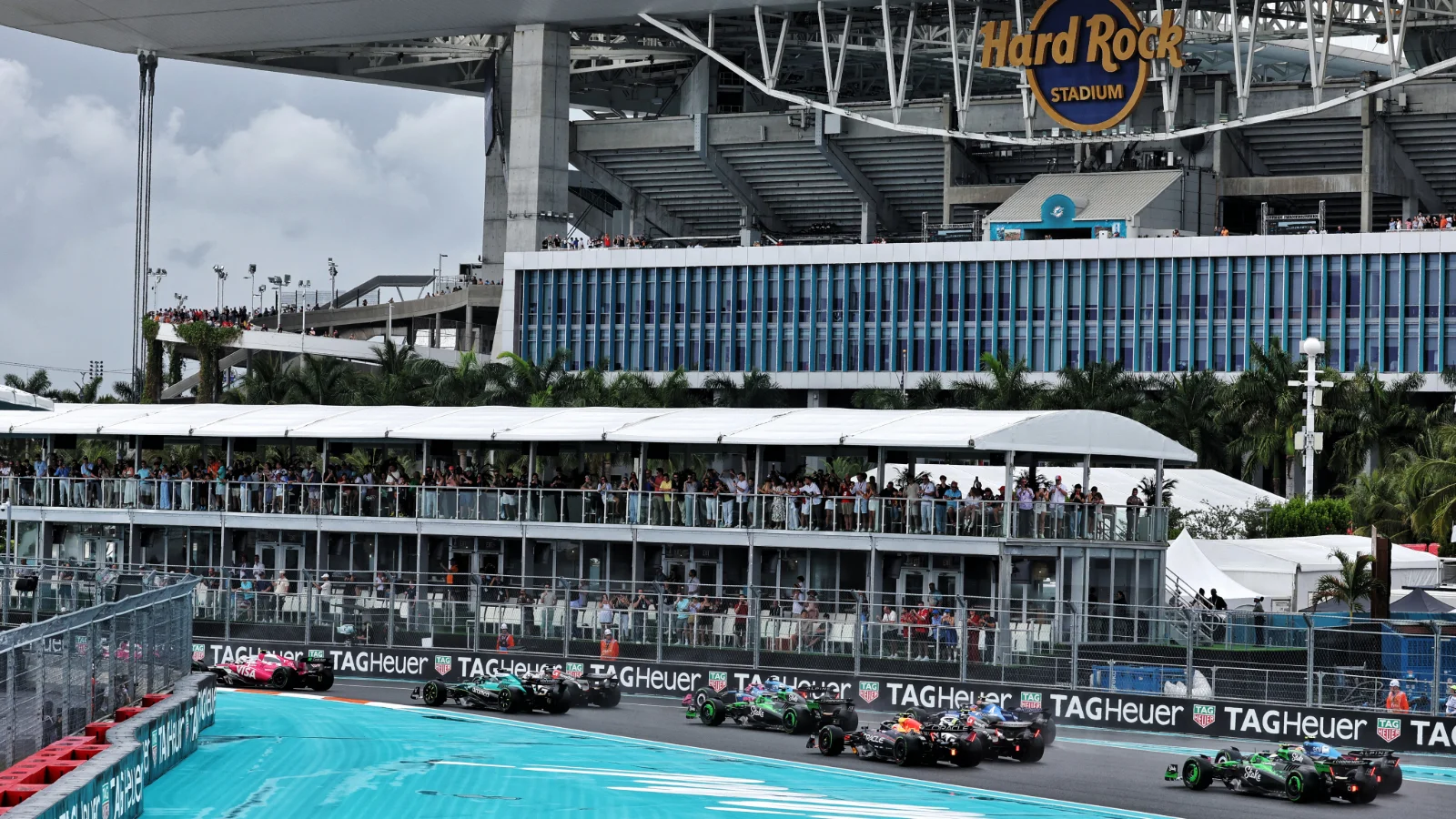


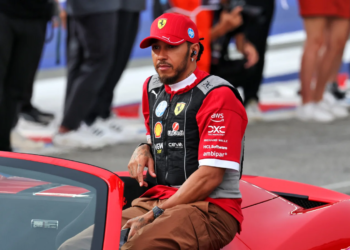
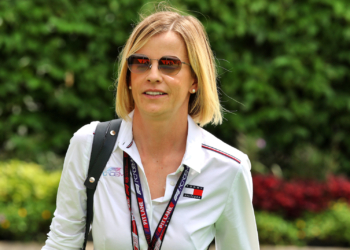
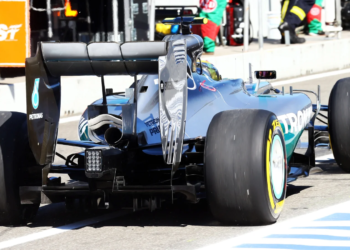
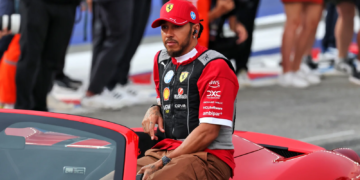

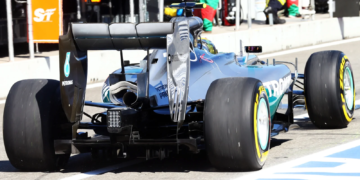
Discussion about this post